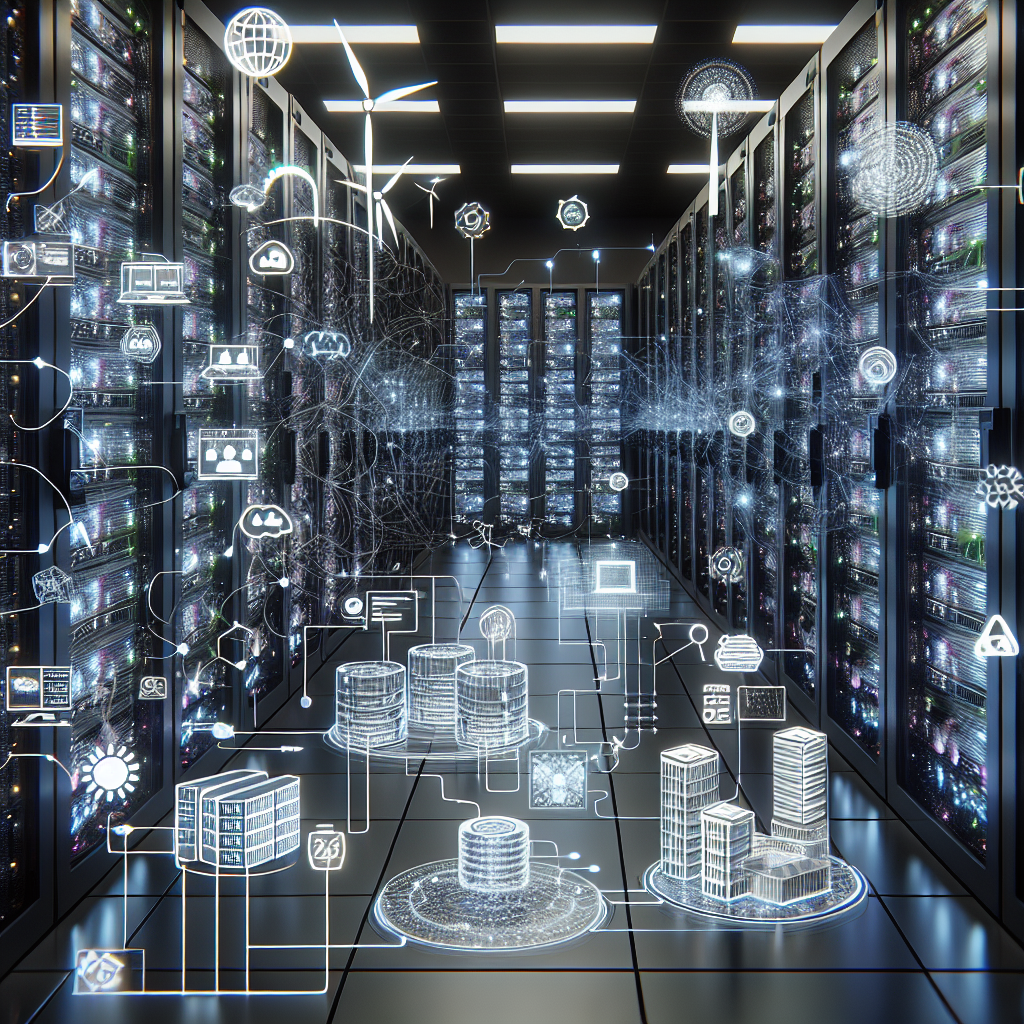Your cart is currently empty!
The Future of Data Center Servers: Trends and Innovations to Watch

In today’s digital age, data centers play a crucial role in powering the internet and storing massive amounts of information. As technology continues to evolve, the future of data center servers is shaping up to be an exciting and innovative landscape. From advancements in hardware to emerging trends in software, there are a number of key developments to watch in the world of data center servers.
One major trend that is driving the future of data center servers is the rise of edge computing. Edge computing involves processing data closer to where it is generated, rather than relying on centralized data centers. This approach helps to reduce latency and improve performance for applications that require real-time data processing. As a result, we are seeing a shift towards smaller, distributed data centers that can support edge computing workloads.
Another key trend in the world of data center servers is the growing importance of energy efficiency. As data centers continue to expand in size and complexity, the demand for power and cooling resources is also increasing. To address this challenge, data center operators are investing in innovative technologies such as liquid cooling and renewable energy sources to reduce their carbon footprint and lower operating costs.
In terms of hardware innovations, one of the most exciting developments in data center servers is the emergence of advanced processing units such as GPUs and TPUs. These specialized processors are designed to handle complex computational tasks such as machine learning and artificial intelligence, enabling data centers to support a wide range of applications with high performance and efficiency.
On the software side, containerization and virtualization technologies are also playing a key role in shaping the future of data center servers. By using containers to isolate applications and services, data center operators can improve resource utilization and simplify deployment processes. Virtualization, on the other hand, allows multiple virtual machines to run on a single physical server, maximizing hardware efficiency and flexibility.
Looking ahead, the future of data center servers is likely to be defined by a combination of these trends and innovations. As data continues to grow at an exponential rate, data center operators will need to adapt and evolve their infrastructure to meet the demands of an increasingly connected world. By staying ahead of the curve and embracing new technologies, data center servers will continue to play a critical role in driving innovation and powering the digital economy.

Leave a Reply